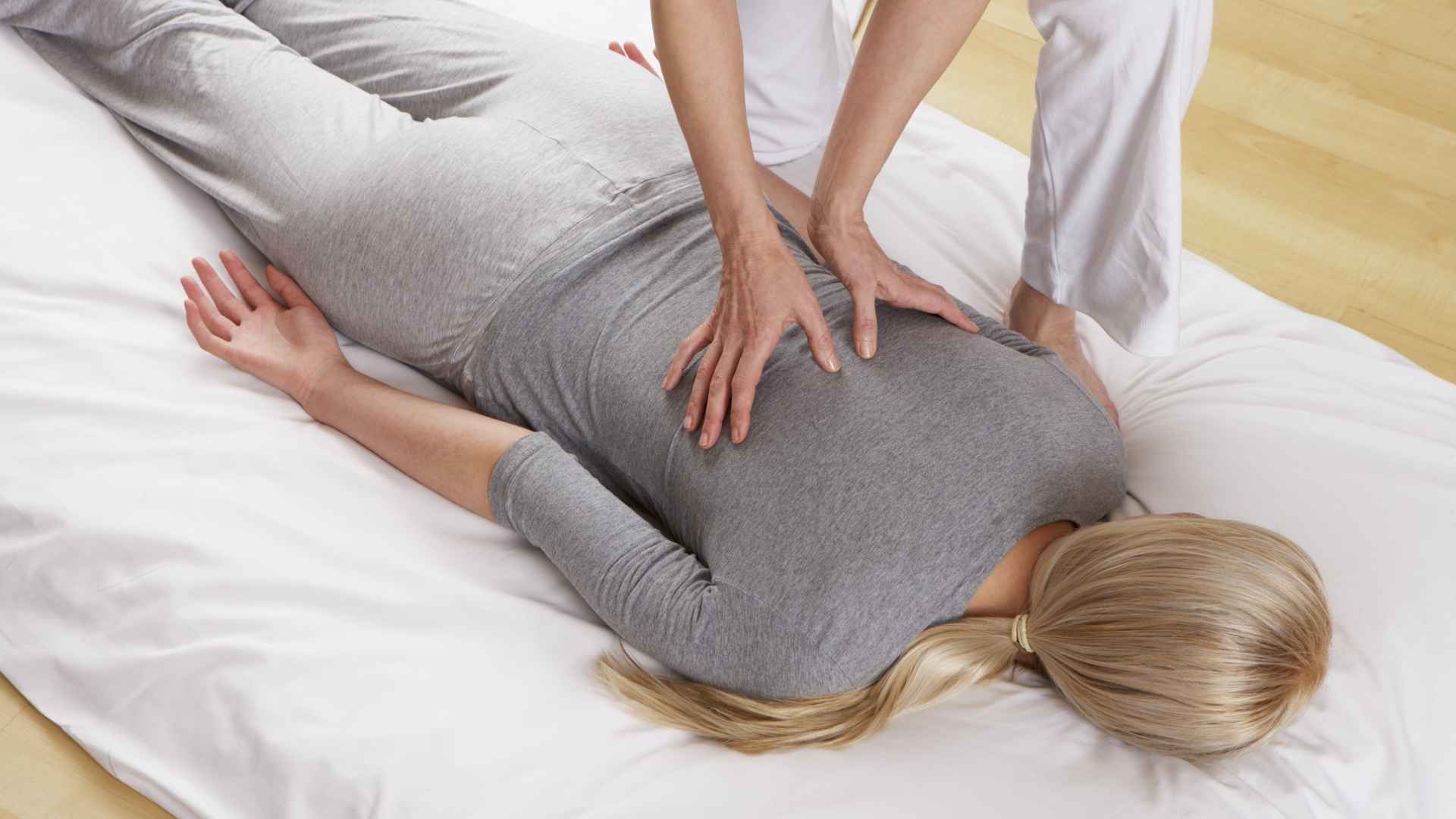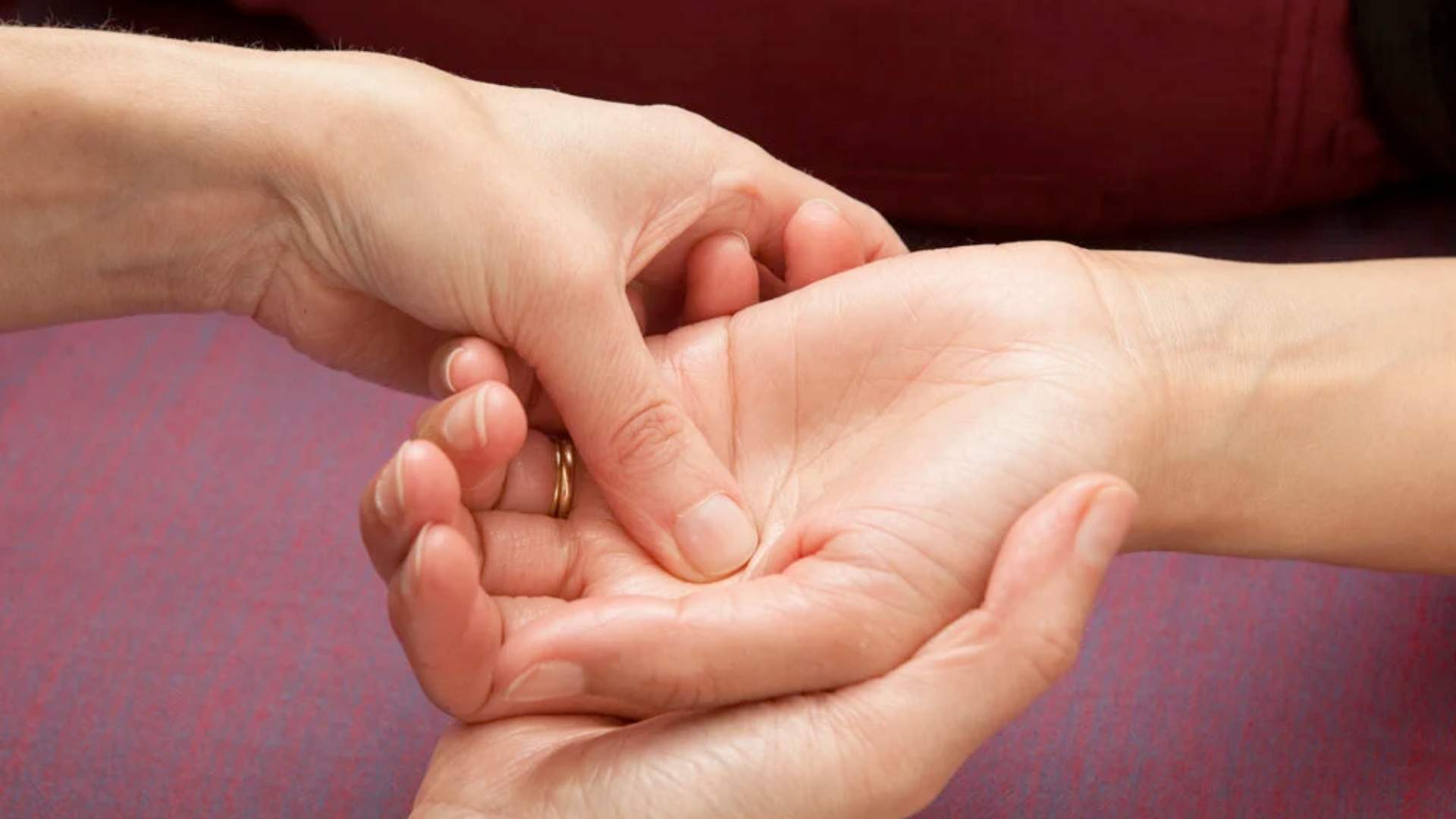At just nine years old, Liam was known for his bubbly energy and love for soccer. Yet, one afternoon during recess, he suddenly clutched his chest, gasping for breath. His heart raced uncontrollably, and his vision blurred. Convinced he was having a heart attack, Liam collapsed in fear.
According to a 2023 report by the National Institute of Mental Health (NIMH), nearly 1 in 5 children aged 9-17 now show symptoms of severe anxiety, with panic attacks becoming a frequent manifestation. Teachers report more children freezing before tests, trembling in classrooms, or rushing to the nurse’s office with unexplained chest pain.
The rise in panic attacks among children is more than just a fleeting mental health concern. It has far-reaching consequences on their emotional well-being, academic performance, and social development. For parents, it means navigating uncharted territory, unsure whether their child’s sudden meltdown is a disciplinary issue or a cry for help.
What is a Panic Attack?
For many children, a panic attack feels like being caught in a sudden and uncontrollable storm. Without warning, their hearts begin to pound violently, their chests tighten, and their breathing becomes shallow. Some feel dizzy and disoriented, while others describe a sensation of being smothered or detached from reality.
At its core, a panic attack is an intense surge of fear or discomfort that reaches its peak within minutes. According to the American Psychological Association (APA), it is characterized by an overwhelming feeling of dread, often accompanied by a variety of physical and emotional symptoms.
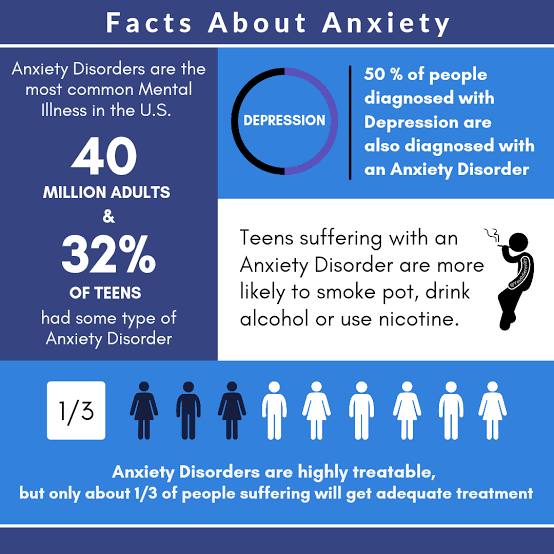
This graphic presents statistics on anxiety disorders in the U.S., showing that 40 million adults and 32% of teens are affected. It also highlights the connection between depression and anxiety.
It can linger for hours or even days. In contrast, a panic attack is a sudden and intense episode that typically lasts between 5 to 20 minutes, though the aftereffects can linger for much longer. For instance, a child with anxiety may feel nervous before a test, while a child having a panic attack might suddenly feel unable to breathe during the exam, even if they were calm moments earlier.
Why Are More Kids Experiencing Panic Attacks?
Increased Academic Pressure
In today’s highly competitive educational landscape, children are facing unprecedented levels of academic stress. Schools, once viewed as places of learning and exploration, have increasingly become performance-driven arenas where grades and rankings often overshadow holistic development.
In a study published in the Journal of Pediatrics, researchers found that students with high academic stress were twice as likely to experience panic attacks compared to their less-pressured peers. The study revealed that children who reported frequent school-related stress exhibited higher cortisol levels, a hormone linked to the body’s stress response.
Moreover, homework overload and the pressure to maintain perfect grades can rob children of much-needed downtime, essential for emotional regulation. A report by the American Academy of Pediatrics (AAP) found that children who have less than 8-9 hours of sleep due to late-night studying are more prone to anxiety and panic attacks.
Social Media and Digital Overload
The relentless stream of curated perfection on social media creates an illusion of unattainable standards. Children as young as 10 or 11 find themselves comparing their appearances, achievements, and lifestyles to influencers or peers. This constant fear of not measuring up can foster deep-seated insecurity and anxiety.
According to a 2023 study published in JAMA Pediatrics, children who spend more than three hours daily on social media are twice as likely to experience symptoms of anxiety and depression, including panic attacks. The study also noted that cyberbullying significantly increases the risk, with victims showing higher rates of acute anxiety episodes.
For example, researchers at King’s College London found that children with disrupted sleep schedules were 60% more likely to develop anxiety disorders, including panic-related symptoms.

This visual offers practical coping skills for managing panic attacks and promotes positive habits to reduce their frequency, such as breathing exercises and meditation.
Post-Pandemic Effects
The COVID-19 pandemic left an indelible mark on the mental health of children, creating a lasting ripple effect. The sudden shift to remote learning, prolonged isolation, and disrupted routines caused many children to develop social anxiety and emotional dysregulation. Even after schools reopened, the return to in-person interactions proved challenging for children who had spent months in relative solitude.
For example, a 2021 survey by the U.S. Centers for Disease Control and Prevention (CDC) revealed that over 37% of high school students reported experiencing poor mental health during the pandemic, with panic attacks becoming increasingly common.
Moreover, the loss of loved ones during the pandemic left many children grappling with unresolved grief and trauma. According to a 2022 report by UNICEF, 1 in 5 children worldwide experienced the loss of a parent or primary caregiver due to COVID-19, contributing to heightened anxiety and emotional instability.
Family and Environmental Stress
The emotional climate at home plays a pivotal role in children’s mental health. When exposed to family stress, parental conflict, or financial instability, children often internalize the tension, making them more susceptible to anxiety and panic disorders.
According to a 2023 study in the Journal of Family Psychology, children from high-conflict households were three times more likely to experience panic attacks compared to those from low-conflict homes. The constant emotional turmoil and lack of stability create a sense of unpredictability, making children more prone to sudden anxiety episodes.
Financial insecurity is another significant stressor. Children in families facing job loss, debt, or housing instability often experience a heightened sense of helplessness and fear. The uncertainty surrounding their basic needs can trigger panic attacks, as their fight-or-flight response is chronically activated.
Neurobiological and Genetic Factors
While external stressors contribute to panic attacks, genetic and neurobiological factors also play a key role. Studies show that children with a family history of anxiety disorders are more likely to develop panic symptoms themselves. According to research published in Molecular Psychiatry, individuals with a first-degree relative diagnosed with a panic disorder have a 40% higher risk of developing similar symptoms.
Neurobiologically, panic attacks are linked to dysregulation in the brain’s fear circuitry. The amygdala, responsible for detecting threats, becomes overactive in children prone to panic attacks. This leads to false alarms—even minor stressors trigger a full-fledged fight-or-flight response.
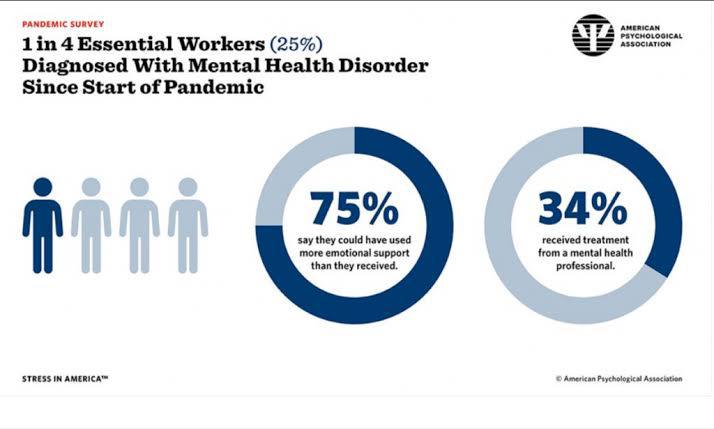
The infographic shows that 1 in 4 essential workers were diagnosed with a mental health disorder during the pandemic, highlighting the lack of emotional support and treatment accessibility.
Additionally, imbalances in neurotransmitters such as serotonin and gamma-aminobutyric acid (GABA) have been linked to panic disorders. Low serotonin levels can increase vulnerability to anxiety, while insufficient GABA activity can reduce the brain’s ability to calm itself during a panic episode.
How to Identify Panic Attacks in Kids
As a result, their distress may manifest through physical symptoms or behavioral changes, making it easy to mistake a panic attack for a temper tantrum, defiance, or even attention-seeking behavior. However, understanding the distinctive signs of a panic attack is essential for providing timely support.
One of the most telling indicators of a panic attack is its sudden and intense onset. Unlike regular anxiety, which tends to build gradually, a panic attack can strike unexpectedly—even in seemingly calm moments.
According to a study published in JAMA Psychiatry, children who receive early intervention for anxiety disorders—including therapy or counseling—are significantly less likely to develop chronic mental health issues in adolescence. Early intervention can also reduce the frequency and intensity of panic episodes, improving the child’s overall quality of life.
Effective Ways to Help Kids During and After Panic Attacks
Immediate Coping Strategies During an Attack
When a child is in the throes of a panic attack, their world can feel as though it is spinning out of control. Their breathing becomes shallow, their heart pounds erratically, and they may even feel as though they are suffocating.
One of the most effective techniques is grounding, which gently anchors the child to the present moment, pulling them away from the overwhelming sensations in their body. The 5-4-3-2-1 method is a widely recognized grounding technique that has proven effective during panic attacks.
It involves inhaling for four seconds, holding the breath for four seconds, exhaling for four seconds, and holding again for four seconds, repeating the cycle until their breathing stabilizes. Clinical trials conducted by the American Institute of Stress revealed that box breathing can reduce acute anxiety by 33% within just a few minutes.
Long-Term Coping Strategies
Ensuring consistent meal times, bedtime routines, and clear expectations can provide a sense of stability. According to a 2022 study published in Child Psychiatry & Human Development, children raised in stable and consistent home environments showed lower rates of anxiety-related disorders, including panic attacks.
Research from the Journal of Abnormal Child Psychology highlights that children whose parents practice and model emotional regulation are 45% less likely to develop chronic anxiety disorders.
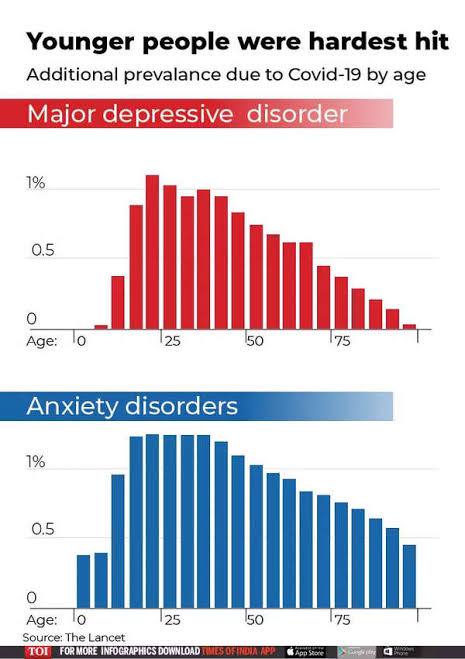
This bar graph illustrates how younger people were significantly affected by the pandemic, with higher prevalence rates of major depressive disorder and anxiety disorders by age group.
For example, some schools have introduced “mindful minutes”, where students spend 60 seconds focusing on their breathing or engaging in a brief body scan meditation. Studies, such as those conducted by Mindful Schools, show that children who practice mindfulness daily experience a 24% reduction in anxiety symptoms, including fewer panic episodes.
Professional Support and Therapy
Studies have consistently demonstrated the effectiveness of CBT in treating childhood anxiety. A meta-analysis published in the Journal of Clinical Child & Adolescent Psychology found that CBT reduces the severity of panic symptoms by 70% in children over a 12-week course of treatment. Children not only learn to recognize early signs of panic but also acquire coping strategies to prevent escalation.
For younger children, play therapy or child counseling can be particularly beneficial. Through symbolic play and creative expression, children are able to process their fears and anxieties in a safe, non-verbal way. Licensed play therapists often incorporate relaxation techniques, helping children build emotional resilience through play-based interventions.
According to the American Academy of Child and Adolescent Psychiatry, children receiving combined CBT and medication show a 60% improvement in panic symptoms, compared to 35% with medication alone..
Preventive Measures: Building Resilience in Kids
In a world where childhood anxiety is on the rise, building emotional resilience has never been more crucial. While it is impossible to shield children from all sources of stress, equipping them with the skills to recognize, process, and manage their emotions can significantly reduce the likelihood of panic attacks.
Promoting Emotional Literacy
At the heart of resilience lies emotional literacy—the ability to recognize, understand, and express emotions effectively. When children can name their feelings, they are better equipped to manage them..
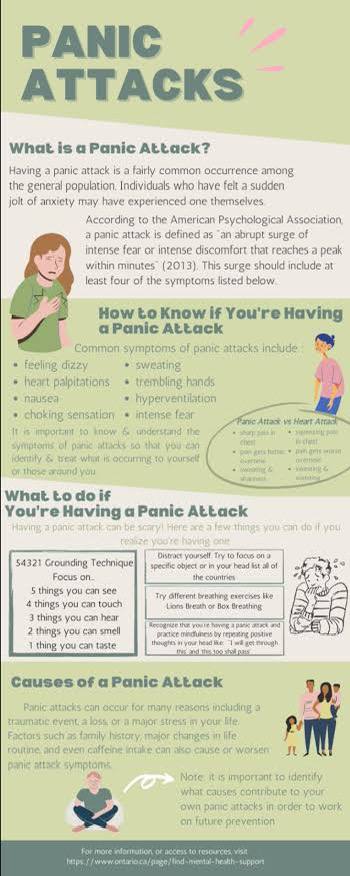
This infographic explains what a panic attack is, its symptoms, and how to recognize if you’re having one. It also provides grounding techniques and coping strategies.
According to a 2021 study published in Frontiers in Psychology, children with higher emotional literacy scores were 50% less likely to develop chronic anxiety disorders, highlighting the protective power of emotional awareness.
Some schools have also introduced “emotion charts” or “mood meters” in classrooms, where children label their feelings at different points in the day. This practice helps them become more aware of emotional patterns and recognize triggers before they escalate into a panic attack..
Healthy Lifestyle Habits
A child’s physical well-being is deeply connected to their emotional resilience. Consistent sleep, regular physical activity, and balanced nutrition are not just beneficial for physical health—they also regulate mood, reduce stress, and enhance emotional stability, serving as powerful buffers against panic attacks.
Sleep, in particular, plays a vital role. Children who get insufficient or poor-quality sleep are far more susceptible to anxiety. According to a study by the National Sleep Foundation, children aged 6-12 who slept fewer than 9 hours per night were twice as likely to report anxiety symptoms, including panic episodes.
Physical activity is equally critical. Exercise releases endorphins and reduces cortisol levels, promoting emotional balance. Even 30 minutes of moderate activity—such as biking, dancing, or playing outside—can have a profound impact on reducing anxiety.
A 2022 meta-analysis published in the Journal of Psychiatric Research found that regular physical activity decreased panic attack frequency by 36% in children prone to anxiety
Parental and Teacher Support Networks
Building resilience in children also requires consistent emotional support from both parents and teachers. When children feel safe expressing their emotions, they are less likely to suppress their anxiety, which reduces the risk of sudden panic episodes.
According to a 2023 report by the Child Mind Institute, children who feel emotionally supported by their caregivers are 40% more likely to develop healthy coping mechanisms during stressful situations..
In schools, teachers can foster resilience by creating a culture of emotional safety. This can involve empathy-based classroom management, where children are encouraged to share their feelings without fear of judgment.
Scientific Backing: The Power of Resilience-Building Strategies
A longitudinal study conducted by the University of Cambridge found that children who were taught emotional regulation skills, coping mechanisms, and self-awareness techniques were 60% less likely to develop anxiety disorders in adolescence.
Furthermore, schools that implemented resilience-building programs—including mindfulness, emotional literacy, and physical activity—reported a 45% reduction in stress-related absenteeism and fewer incidents of panic attacks.
By fostering emotional literacy, promoting healthy habits, and providing consistent emotional support, parents and educators can equip children with the inner strength needed to face life’s stressors with confidence.
Path Toward Calm and Confidence
As panic attacks become increasingly common among children, the need for proactive support from parents and teachers has never been greater. Throughout this article, we have explored the complex factors contributing to the rise in childhood panic attacks—from mounting academic pressures and social media stress to post-pandemic anxiety and genetic predispositions.
The key takeaway is clear: children are not powerless in the face of panic attacks—nor are the adults who care for them. When parents and teachers equip children with emotional literacy skills, encourage healthy lifestyle habits, and provide consistent emotional support, they are offering far more than temporary relief.
Yet, with the right support, children can learn to overcome the fear of panic itself, gaining the self-assurance they need to thrive. It is crucial for parents and teachers to be patient during the process, as recovery from anxiety takes time.
FAQs on Why More Kids Are Experiencing Panic Attacks and How to Help
What is a panic attack, and how does it affect children?
A panic attack is a sudden episode of intense fear or discomfort that triggers severe physical and emotional reactions. In children, it often manifests as racing heart, shortness of breath, sweating, trembling, dizziness, and overwhelming fear.
How common are panic attacks in children?
According to data from the National Institute of Mental Health (NIMH), around 1 in 20 children experiences panic attacks. The prevalence has surged post-pandemic, with schools and pediatric clinics reporting a notable rise in anxiety-related episodes among children aged 7-14.
What causes panic attacks in children?
Panic attacks can be triggered by a combination of psychological, biological, and environmental factors. Common triggers include academic pressure, social anxiety, family stress, and post-pandemic effects. Children with a family history of anxiety disorders are also more prone to experiencing panic attacks.
Are panic attacks the same as general anxiety?
No, they are different. While general anxiety involves persistent and chronic worry, panic attacks are sudden, intense, and episodic. A child with anxiety may feel nervous frequently, but a panic attack is a sharp, overwhelming surge of fear that often comes without warning.
Can social media contribute to panic attacks in children?
Yes. Constant exposure to curated images, online bullying, and the pressure of social validation can create feelings of inadequacy and anxiety. According to a 2022 study by the American Psychological Association, children who spent more than three hours a day on social media were twice as likely to experience anxiety and panic symptoms.
How does academic stress lead to panic attacks?
Increasing academic demands and high-stakes testing can overwhelm children, causing chronic stress. The pressure to excel, fear of failure, and lack of downtime can trigger the body’s fight-or-flight response, leading to panic episodes.
What are the physical symptoms of a panic attack in children?
Children experiencing a panic attack may show physical symptoms such as rapid heartbeat, chest pain, trembling, shortness of breath, dizziness, nausea, sweating, or chills. They may also feel lightheaded or detached from reality, making the experience frightening and disorienting.
How can parents help their child during a panic attack?
During a panic attack, it is important for parents to stay calm and offer reassurance. Encouraging slow, deep breathing and using grounding techniques, such as the 5-4-3-2-1 method (identifying five things they see, four they can touch, etc.), can help children feel more connected to the present.
What should teachers do if a child has a panic attack in the classroom?
Teachers should stay composed and guide the child through calming techniques. They can offer the child a quiet space to regulate their breathing and practice grounding exercises. Using gentle, reassuring language—such as, “You are safe, and this will pass”—can help the child feel supported.
Are there long-term coping strategies to prevent panic attacks?
Yes. Long-term strategies include building emotional literacy, promoting regular physical activity, ensuring consistent sleep routines, and teaching relaxation techniques. Mindfulness practices and emotional regulation exercises in schools have been shown to reduce the frequency and severity of panic episodes.
Can therapy help children experiencing frequent panic attacks?
Yes. Cognitive Behavioral Therapy (CBT) is highly effective in treating panic attacks. CBT helps children identify and challenge irrational thoughts, teaching them coping skills to prevent and manage future episodes. In some cases, play therapy or child counseling can also be beneficial.
When should parents seek professional help for their child?
Parents should consider seeking professional help if their child’s panic attacks occur frequently, interfere with daily activities, or cause significant distress. If the child avoids school, social events, or experiences sleep disturbances due to panic attacks, consulting a mental health professional is recommended.
Can children outgrow panic attacks?
Some children may outgrow panic attacks, particularly if they receive timely support and therapy. However, without proper intervention, panic attacks can persist into adolescence or adulthood. Early intervention and resilience-building strategies can significantly improve long-term outcomes.
Is medication necessary for childhood panic attacks?
Medication is not always necessary, but in severe cases, doctors may prescribe SSRIs (selective serotonin reuptake inhibitors) or other anti-anxiety medications. Medication is typically used alongside therapy for better long-term effectiveness.
How can parents prevent future panic attacks?
Parents can help prevent panic attacks by creating a calm home environment, promoting regular routines, encouraging emotional expression, and reducing stress triggers. Teaching coping strategies—such as breathing exercises and mindfulness—can also help children manage their anxiety proactively.
How does sleep deprivation contribute to panic attacks in kids?
Lack of sleep can disrupt emotional regulation and increase stress sensitivity, making children more vulnerable to panic attacks. According to The Sleep Foundation, children who get fewer than 9 hours of sleep per night are twice as likely to experience anxiety symptoms, including panic episodes.
Can school policies help reduce panic attacks?
Yes. Schools can implement mental health programs, mindfulness practices, and emotional regulation techniques into their curriculum. Providing calm spaces, counseling support, and flexible accommodations for anxious children can significantly reduce the frequency and severity of panic episodes.
How can children learn to recognize and manage their anxiety triggers?
Children can learn to recognize their triggers through emotional awareness exercises and journaling. By identifying situations that induce anxiety, they can practice pre-emptive coping strategies, such as deep breathing or grounding techniques, before a full-blown panic attack occurs.
Can lifestyle changes reduce the risk of panic attacks?
Yes. Healthy lifestyle choices, such as regular physical activity, balanced nutrition, and sufficient sleep, play a vital role in reducing anxiety levels. Exercise releases endorphins that lower stress hormones, while proper sleep regulates emotional stability, reducing the likelihood of panic attacks.
Call-to-Action : Breaking the Silence: Understanding and Supporting Children Experiencing Panic Attacks
As panic attacks become increasingly common among children, it is essential for parents, teachers, and caregivers to take proactive steps in addressing this growing concern. By educating themselves about the signs and triggers of panic attacks, adults can offer the empathy, support, and reassurance children need during such distressing moments.
Schools must prioritize mental health education and create safe spaces where students feel comfortable discussing their emotions without stigma. Meanwhile, parents can foster open communication at home, encouraging children to express their anxieties freely. It is also vital to seek professional help when needed, ensuring children receive proper therapy and coping strategies.
Ultimately, by working together as a community, we can equip children with the tools to manage their mental health, fostering a generation that is more resilient, emotionally aware, and empowered to navigate life’s challenges. Let’s break the silence around childhood anxiety and create a world where every child feels safe, understood, and supported.




